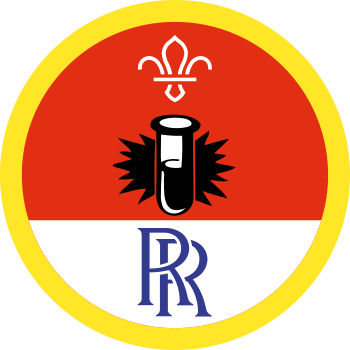
From the cells in our bodies to the energy fuelling our homes and the stars in the night sky, we use science to find out more about the mind-boggling universe we call home. Pop on your safety goggles and get experimenting.
To earn your badge, do two science activities from each of these sections. For each one, explain or show your leader what you did and what you found out.
Reactions
- Find out what happens when you add salt to water.
- Show how vinegar reacts with different items and explain what happens. The different items could be steel wool, sodium bicarbonate or old dirty coins.
- Compare the density of water to the density of other liquids. Show how these liquids react to each other.
- Make a pH indicator solution. Use it to test the acidity or alkalinity of other liquids.
- Grow crystals.
- Another activity agreed with your leader
Interacting with energy
- Find a way to show that hot air rises.
- Create a basic electrical circuit that includes a switch. Show how it could be used to control a lightbulb powered by a battery.
- Make an air-powered balloon rocket or a water rocket. Investigate ways of improving how far it can travel.
- Make a simple compass. Show the effects of metallic and magnetic materials upon it.
- Use marshmallows and spaghetti to build the strongest tower you can. Explain how you improved your design.
- Another activity agreed with your leader.
Living things
- Set up a wormery or ant colony. Record what happens over three or four weeks.
- Investigate what happens to your pulse rate before, during and after exercise.
- Grow cress, beans, peas or a similar plant. Investigate what happens when the plant has no access to light. What happens when it has light, but no water?
- Find a way to show that plants take water up through their stems.
- Make some yoghurt and find out how living organisms are involved in the process.
- Another activity agreed with your leader.
November 2024.
Requirements can be adapted to suit each young persons abilities. See our guidance on flexibility.